This Content Is Only For Subscribers
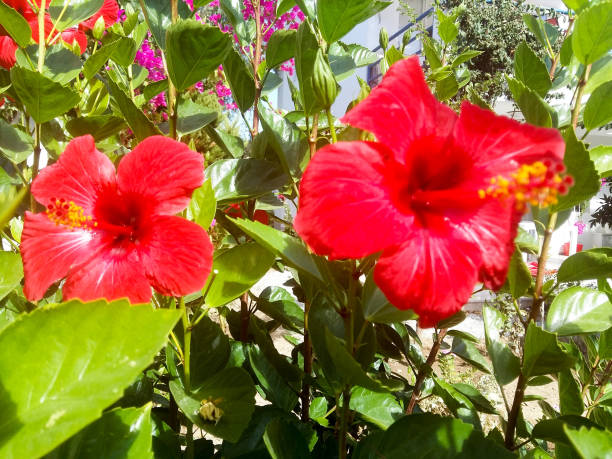
It , with its showy, trumpet-shaped flowers, is more than just a beautiful ornamental plant. Across cultures and throughout history, this vibrant flower has been treasured for its culinary, medicinal, and aesthetic qualities.
From the tangy zest it adds to beverages to its purported ability to lower blood pressure, this plant boasts a remarkable range of benefits and uses. This article will delve into the depths of this flower, exploring its properties, benefits, and both traditional and scientific perspectives.
Table of Contents
What is this Flower (Gudhal)?
They are characterized by their large, colorful flowers, often featuring five petals and a prominent stamen, the central, pollen-bearing part. These blossoms can range in color from white and yellow to pink, red, and even purple. Beyond their aesthetic charm, this plant offers both nutritional and medicinal promise.
This flower is a genus of flowering plants belonging to the mallow family (Malvaceae). With hundreds of species, these plants are found in tropical and subtropical regions around the globe, from Southeast Asia and Africa to the Americas.
Botanical Family
This plant belongs to the Malvaceae family, also known as the mallow family. This large family includes other familiar plants like cotton, okra, cacao, and baobab trees. Members of the Malvaceae family typically share characteristics such as having five petals, a distinctive stamen structure, and mucilaginous substances within their tissues.
Chemical Components & Nutritional Value
This plant is a treasure trove of bioactive compounds that contribute to its diverse benefits. The specific components vary depending on the species, growing conditions, and part of the plant used (flowers vs. calyces, for example).
The following table outlines the key components found per 100g of dried It flowers/calyces, along with their known uses:
| Component | Approximate Value (per 100g) | Use |
| Anthocyanins | 150-1500 mg (varies greatly) | Powerful antioxidants; give the red/purple pigment; may reduce inflammation, protect against cellular damage |
| Vitamin C | 15-20 mg | Essential antioxidant; immune system booster; supports collagen production |
| Flavonoids | 100-200mg | Potent antioxidants; may have anti-inflammatory and cardioprotective effects |
| Polysaccharides | 10-15 g | May support immune function and aid digestive health. Act as a soluble fiber |
| Organic Acids (Citric, Malic) | 5-10 g | Contribute to tart flavor; may have antioxidant properties and enhance digestion. |
| Minerals (Calcium, Potassium, Magnesium etc.) | Varies, trace to ~500mg | Essential for bone health, nerve function, muscle contraction, electrolyte balance. |
| Fiber | 25-30g | Promotes satiety and digestive health; helps regulate blood sugar and cholesterol levels |
| Beta-carotene | Trace | Precursor to Vitamin A; acts as an antioxidant |
Properties & Actions
It possesses a variety of medicinal properties, making it a valuable herb in traditional and modern healthcare practices:
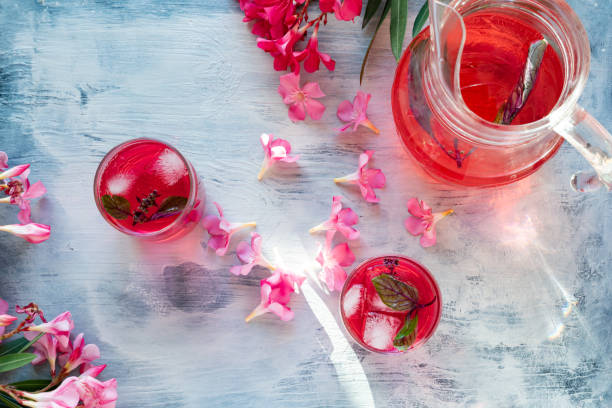
- Antioxidant: Rich in anthocyanins, flavonoids, and Vitamin C, It combats free radicals, protecting cells from damage.
- Anti-inflammatory: Compounds in It may help reduce inflammation throughout the body.
- Antihypertensive: Studies suggest It can lower blood pressure, particularly in individuals with hypertension.
- Antidiabetic: It may improve insulin sensitivity and help regulate blood sugar levels.
- Diuretic: It can increase urine production, helping to flush out excess fluid from the body.
- Hepatoprotective: Some studies show that It may help protect the liver from damage.
Ayurvedic Properties
In Ayurveda, It is primarily known for its cooling and Pitta-pacifying properties. While specific information on rasa (taste), guna (qualities), virya (potency), and vipaka (post-digestive effect) can vary, it is generally considered:
- Rasa: Astringent, slightly bitter and sour.
- Guna: Light, dry.
- Virya: Cooling.
- Vipaka: Pungent (or slightly sour).
It is used to balance Pitta dosha, which is associated with heat and inflammation, and therefore useful in conditions such as acidity, skin rashes, and excessive heat in the body.
Uses & Available Forms
Hibiscus is a versatile plant, utilized in numerous ways:
- How to Use It :
- Herbal Tea (Infusion): The most common way to use It is by steeping the dried flowers or calyces in hot water. This produces a tangy, red-colored tea with numerous health benefits.
- Extract: Liquid extracts, both alcoholic and aqueous, are available as dietary supplements.
- Powder: It powder is obtained by grinding dried flowers or calyces. It can be added to smoothies, yogurts, or used in cosmetic formulations.
- Oil: Its oil, obtained from the flowers, is often used in hair and skincare products.
- Food Coloring: The deep red color of It makes it a natural food coloring agent.
- Culinary Ingredient: It petals and calyces are used in jams, sauces, relishes, and desserts. In some cultures, it’s used to make soups and salads.
- Available Forms:
- Dried Flowers/Calyces: Available loose or in tea bags.
- Tea Bags: Convenient pre-packaged Its tea.
- Powders: Fine powders for mixing in beverages or use in cosmetics.
- Capsules/Tablets: Convenient form for taking as a supplement.
- Extracts: Liquid tinctures and extracts for easy dosage.
- Skincare Products: Lotions, creams, shampoos, and serums containing It extract.
- Culinary Products: Jams, jellies, sauces, and other food products flavored with It .
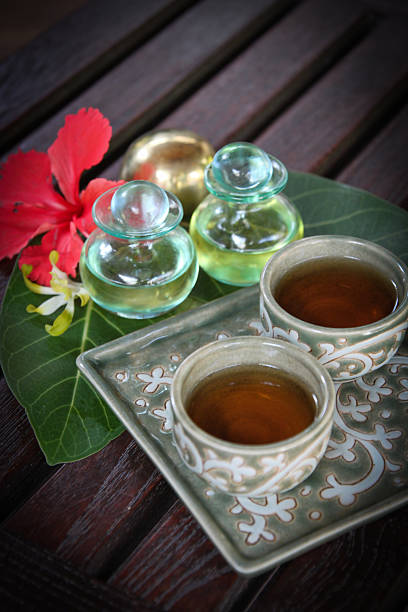

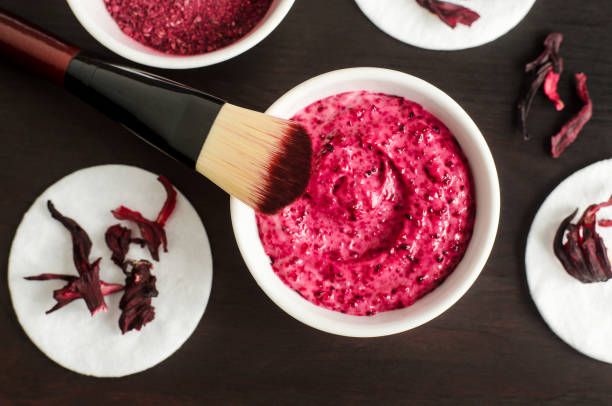
Top 15 Benefits of Hibiscus
The following are the top 15 benefits of this flower, supported by traditional use and/or scientific evidence:
- Lowers Blood Pressure: Studies show that It tea can help reduce systolic and diastolic blood pressure.
- Improves Heart Health: It helps reduce blood lipid levels (cholesterol, triglycerides), contributing to better cardiovascular health.
- Reduces Cholesterol: It can lower LDL (bad) cholesterol and increase HDL (good) cholesterol.
- Antioxidant Effects: Rich in antioxidants, it combats oxidative stress and cell damage.
- Aids in Weight Loss: Some research suggests It can help prevent weight gain and reduce abdominal fat.
- Supports Liver Health: It may protect the liver from damage and improve liver function.
- Anti-inflammatory Properties: May reduce inflammation associated with various conditions.
- Possible Anti-Cancer Effects: Some studies indicate that It extracts may have anti-cancer properties, although further research is needed.
- Improves Digestion: Its diuretic and fiber content can aid in digestion and promote bowel movements.
- Skin Health Improvement: May help improve skin elasticity, reduce wrinkles, and promote a healthier complexion.
- Boosts Immune System: The Vitamin C content helps strengthen the immune system.
- Antimicrobial activity: Has shown to have some activity against some bacteria and fungi.
- Diuretic Effect: The mild diuretic properties help with fluid retention.
- Mood Enhancer: Some people report a calming effect with It tea.
- Hair Growth and Health: It oil or infusions are traditionally used to promote hair growth, strengthen hair roots, and reduce hair fall.
Specific Benefits
- Benefits to Males:
- Prostate Health: Some studies suggest that It extracts may help to improve prostate health. More research is needed for definitive findings.
- Energy Levels: As a natural source of nutrients and electrolytes, It can support energy levels.
- Erectile function: Some early studies have shown potential in improving erectile function. More concrete clinical trials and studies are needed.
- Benefits to Females:
- Menstrual Support: Traditionally used to help with menstrual cramps and regulate periods.
- Hormonal Balance: May help balance estrogen levels, though further studies are required.
- Fertility: Certain compounds may potentially improve fertility, though more research is needed.
- Skin Health: Its antioxidant content can contribute to a glowing complexion.
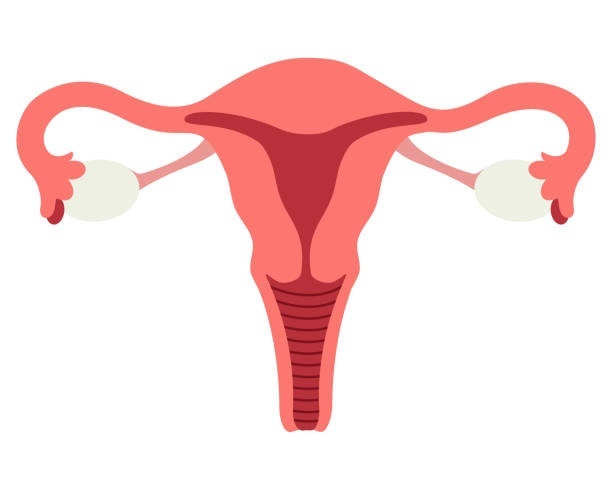
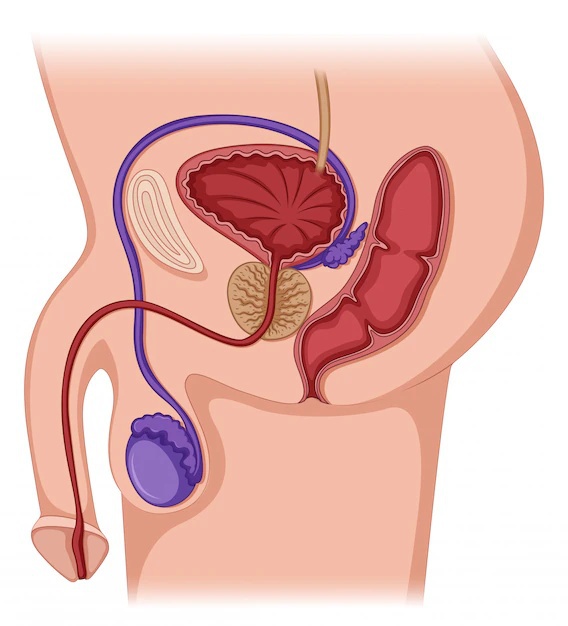
When Not to Use
- Pregnancy and Breastfeeding: It’s best to avoid large amounts of Hibiscus during pregnancy and breastfeeding due to limited safety data.
- Low Blood Pressure: It can lower blood pressure, so it should be used cautiously by individuals with hypotension.
- Interactions with Medications: It may interact with certain medications, such as those for blood pressure, diabetes, or other medications metabolized by the liver enzymes. Consult with your healthcare professional before using It if you are taking any other medication.
- Allergy: Individuals with known allergies to plants in the Malvaceae family should avoid It .
Scientific and Ayurveda Reports in Short
- Scientific Reports: Scientific studies have supported many of Hibiscus’s health claims. Research shows that It has shown promise in lowering blood pressure and cholesterol. Studies have also explored its potential in weight loss, liver protection, and anticancer effects, though more research is still needed.
- Ayurvedic Reports: Ayurveda practitioners have used It for centuries to address imbalances in Pitta dosha. Traditional uses include treating skin conditions, menstrual problems, and digestive issues. The cooling and astringent properties of Hibiscus make it a valuable herb in balancing excess heat in the body.
Conclusion
It is a versatile flower with a rich history of use in traditional medicine and culinary practices. Its vibrant color is indicative of its potent antioxidant properties. The health benefits of It , ranging from lowering blood pressure to supporting liver health, are increasingly supported by scientific research.
As a natural remedy and a flavorful addition to any diet, It is a valuable plant to explore. However, it’s crucial to remember that while Hibiscus can offer numerous benefits, it is not a substitute for medical advice or treatment.
Individuals with underlying health conditions should always consult with their healthcare provider before incorporating It into their wellness routine. Always purchase Hibiscus products from reputable sources to ensure quality and purity.
FAQs: Quickly Overview of Hibiscus
Q: What are 5 medicinal uses of hibiscus?
A: It has several medicinal uses, including:
1. Lowering blood pressure
2. Reducing cholesterol levels
3. Providing antioxidant benefits
4. Supporting liver health
5. Acting as a mild diuretic
Q: Why is hibiscus called China rose?
A: It is sometimes called “China rose” because some of the most popular ornamental varieties were initially cultivated in China, particularly It rosa-sinensis. The common name likely arose from this historical association.
Q: What is the English name for 🌺?
A: The English name for the 🌺 emoji is hibiscus.
Q: What is the name of 🌸?
A: The name for the 🌸 emoji is generally cherry blossom or sakura. While it does depict a flower, it’s not It .
Q: Is hibiscus a fruit or flower?
A: Hibiscus is primarily a flower. While some varieties do produce a capsule-like fruit after the flower fades, it’s the flower itself (and in some species, the calyces) that is most commonly used and has the most noted properties.
Q: Does hibiscus have smell?
A: Most It flowers have a very faint or negligible scent. Some varieties may have a mild, sweet fragrance, but it is generally not a strongly scented flower.
Q: What is the biological name of hibiscus?
A: The most common species used for medicinal purposes is It sabdariffa, the biological name for the It plant from which the calyces are used to make tea. The popular garden Hibiscus is It rosa-sinensis. There are many different species.
Q: What is the original Colour of hibiscus?
A: The original color of the It genus is not a single color. Wild species can have flowers ranging from white and yellow to various shades of pink and red. Through cultivation, we see a wider array of colors today, including orange, purple, and even bicolor variations. The original color Hibiscus sabdariffa is a deep red.
Q: Which flower has no smell?
A: There are many flowers with little to no scent, but some well-known examples include poppies, zinnias, and some varieties of hibiscus.
Q: How long does hibiscus last?
A: The lifespan of a single It flower is usually very short, often just one day. However, the plant will typically continue to produce new flowers throughout the blooming season. Dried It , used for tea, can last for about a year if stored properly.
Q: Is hibiscus a unisex flower?
A: Hibiscus flowers are bisexual (or perfect), meaning they have both male and female reproductive parts within the same flower. Therefore, they are not unisex, they are hermaphrodite (possess both male and female reproductive organs).
Q: What is called calyx?
A: A calyx is the outermost part of a flower, typically a ring of green, leaf-like structures that enclose and protect the developing flower bud. In the case of It sabdariffa, it is the calyx, not the petals, that is most often used to make tea.
Q: What is the second name of hibiscus flower?
A: There isn’t a single “second name” for Hibiscus. Common alternative names depend on the species or region. Some examples include “China rose,” “Rose of Sharon,” and “Roselle” (specifically for It sabdariffa).
Q: What is this flower called 🌺?
A: The flower emoji 🌺 is called hibiscus.
Q: What is the nickname for hibiscus?
A: Common nicknames for It aren’t widespread, but it might be playfully referred to as “the tropical beauty,” “China rose,” or “Roselle” when referring to the edible variety.
Q: What is hibiscus local name?
A: The local name for It varies greatly by region. Some common local names include:
* Gudhal (गुड़हल): In Hindi and other North Indian languages.
* Chembarathi (ചെമ്പരത്തി): In Malayalam.
* Mandaram (మందారం): In Telugu.
- Jaba (জবা): In Bengali.
* Shoeblackplant in the Caribbeans and Australia - Roselle: In English, when referring to It sabdariffa.
Q: What is the disease name of hibiscus?
A: It can be prone to various diseases and pests. Some common disease issues include:
* Fungal diseases: like root rot, leaf spot, and blight.
* Viral diseases: such as mosaic virus.
* Pests: including aphids, spider mites, mealybugs, and thrips.
Q: What is hibiscus fruit called?
A: The fruit of the It is usually a dry, capsule-like structure that contains the seeds. It’s not typically referred to by a specific name. When talking about It sabdariffa, where the calyces are commonly used, the fruit isn’t the focus; rather the calyces are referred to.
Q: What are the special features of hibiscus?
A: Some special features of It include:
* Large, showy, brightly colored flowers
* Trumpet-shaped blossoms
* Prominent central stamen
* Versatile uses in both culinary and traditional medicine
* Availability in a wide variety of species, colors, and sizes
* Adaptability to tropical and subtropical climates.
* Often rich in antioxidants and other bioactive compounds.
* Edible parts like flowers, leaves and calyces
Q: Is hibiscus a male or female?
A: It flowers are bisexual (perfect), which means they have both male (stamens) and female (pistil) reproductive organs within the same flower. So, they aren’t exclusively male or female.
Q: What is gongura called in English?
A: Gongura is the name used in Telugu for Hibiscus sabdariffa leaves, the plant that is famous for Roselle (a type of Hibiscus) tea. The English name for the plant itself is Roselle and the leaves are often simply referred to as Roselle leaves.
Q: What is the medicinal name of hibiscus?
A: There isn’t a single “medicinal name” for Hibiscus. The plant is often referred to by its biological name which is: Hibiscus sabdariffa when referring to the Roselle type or Hibiscus rosa-sinensis when referring to ornamental Chinese rose types. When used in herbal medicine, it may be called Hibiscus flower, Hibiscus calyx, or Roselle. The specific part of the plant used usually identifies it rather than an alternative “medicinal” name.
Hibiscus & Personal Use Questions
Q: Is hibiscus good for hair?
A: Yes, hibiscus is traditionally used for hair care. It’s believed to:
* Promote hair growth
* Strengthen hair roots
* Reduce hair fall
* Add shine and luster
* Act as a natural conditioner
Hibiscus oil, extracts, and powders are used in many hair care products.
Q: What is the female part of the hibiscus flower?
A: The female part of the hibiscus flower is the pistil. It typically includes the stigma (where pollen lands), the style (a stalk), and the ovary (which contains the ovules).
Q: Can I drink hibiscus tea at night?
A: Yes, it’s generally safe to drink hibiscus tea at night. However, be mindful of its potential diuretic effect, which might lead to more trips to the bathroom. Some people find it has a calming effect before bed, while others might prefer to drink it earlier in the day.
Other Flower Questions
Q: Which flower is called the queen of flowers?
A: The rose is most commonly referred to as the “queen of flowers.”
Q: Which flower is Princess?
A: There isn’t a single flower universally called “Princess.” The term is subjective and might be used for various flowers depending on personal preference or symbolism. Some flowers like the delicate, beautiful Peony, or the pretty Lilac might be called the “Princess” by some.
Q: Which flower blooms at night?
A: Several flowers bloom at night, some popular examples include:
* Moonflower
* Night-blooming jasmine
* Evening Primrose
* Night-blooming cereus
Q: Which is our national flower?
A:
* The national flower of India is the lotus.
* The national flower of the United States is the rose.
* The national flower of China is the plum blossom.
Hindi Language Questions
Q: गुड़हल के 5 औषधीय उपयोग क्या हैं?
A: (What are 5 medicinal uses of hibiscus?)
A: गुड़हल के 5 औषधीय उपयोग हैं:
- रक्तचाप कम करना
- कोलेस्ट्रॉल के स्तर को कम करना
- एंटीऑक्सीडेंट लाभ प्रदान करना
- लीवर स्वास्थ्य का समर्थन करना
- हल्का मूत्रवर्धक के रूप में कार्य करना
